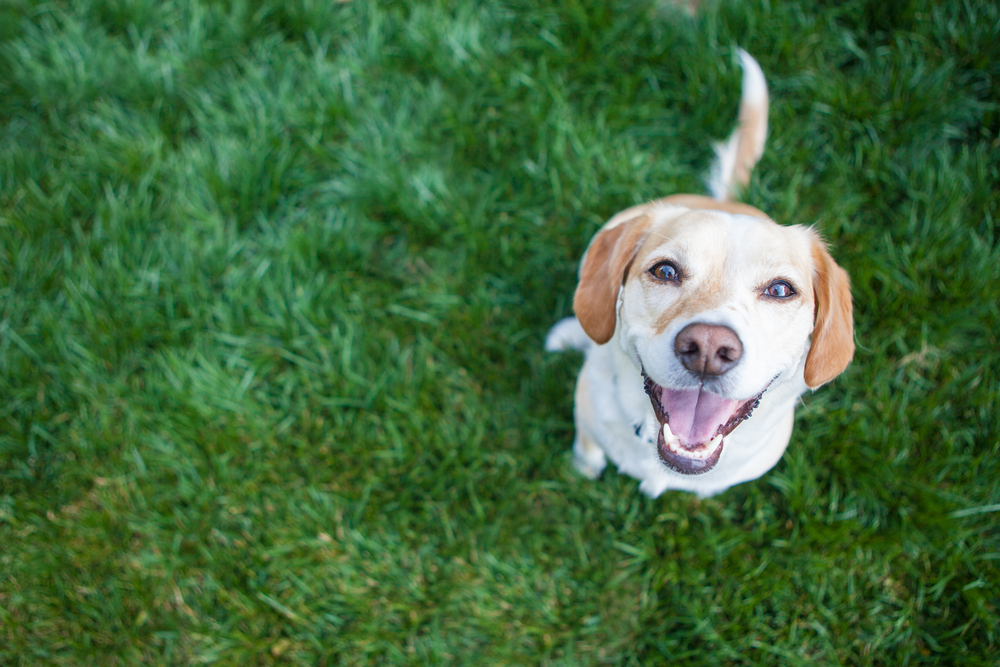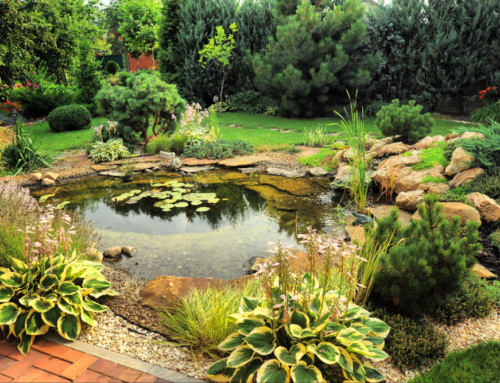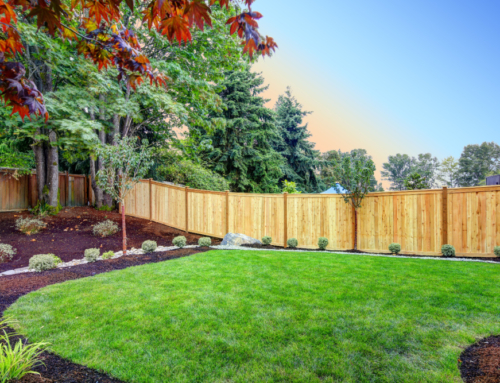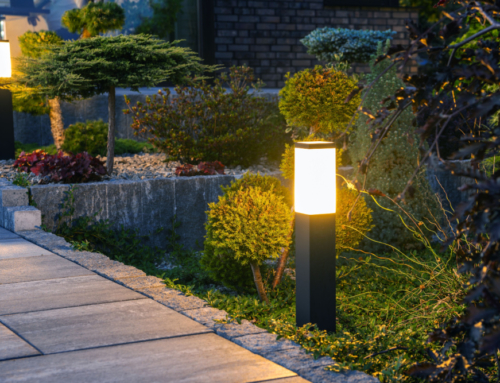Granted, most fertilizers used for lawn maintenance are pretty safe for both humans and pets as they are primarily made from non-toxic natural elements like potash, nitrogen, and phosphorus. This alluded safety, however, is variable. For instance, if you apply fertilizer on the grass in your yard then later on, your dog or cat comes and licks, or eats some of the grass, it is highly unlikely that they will get sick. However, if your pet manages to sneak into your store and gets to munch on the bagged fertilizer, they are likely to fall very ill and possibly develop gastrointestinal distress or near-fatal seizures. To prevent this, experts recommend watering the leaves and grass after you fertilize them and before you allow the pets to come into the lawn.
Are Lawn Insecticides Safe For Pets?
You probably know that not all chemicals used for lawn care are the same. As said above, fertilizers are the safest of the bunch while the rest, including pest control treatments, have variable safety. Indeed, most insecticides in the market are made with toxic substances that can cause health problems in pets. Further, some manufacturers add pesticides in their fertilizers hoping to achieve a 2-in-1 effect, which consequently makes these fortified fertilizers dangerous to pets.
Fortunately, a lot of insecticide manufacturers have begun to make pet-friendly products, including ones that dry in a couple of minutes. Certainly, the pesticides of today are much safer than the ones used say, 20 years ago. Still, you may want to keep your pets off the yard until the pest control treatment has been completely watered down, either by rainwater or as part of your lawn maintenance routine. Manufacturers also give safety directions on the product packaging so make sure you read and follow, that too.
How Long After Lawn Treatments is It Safe for Pets?
While safety and absorption rates differ from product to product, most lawn chemicals are fully absorbed into the grass and soil within 48 hours. You will note that most lawn maintenance services put up signs advising kids and pets to keep off a lawn until at least 72 hours after treatment. This doesn’t necessarily mean that the chemicals remain on the grass for 72 hours. The 72 hours is simply the maximum possible time the treatment needs to get absorbed without watering or sunlight.
If you want a higher level of safety, go for fertilizers labeled organic as they dry extremely fast and don’t contain any harmful compounds. On a more general level, always water your lawn immediately you treat it then allow it to fully dry before letting your pets out.
How to Keep Your Pets From Damaging The Lawn
Below are some helpful tips to maintain your yard’s top health even if your pets have some destructive traits:
- Provide a Cool Place for Rest – Dogs in particular tend to dig holes in the ground when it’s hot outside in an effort to stay cool. Providing a comfy bed under a shade will provide them with a better avenue to stay cool without destroying your yard.
- Set Aside a Doggy Spot – Designate a fenced-in spot at one corner of the lawn where your dog can run, dig in the soil, sniff around, and basically be a dog in peace. That way, even when you eventually let it into the main lawn, it won’t cause any damage.
- Keep the Grass Short – Long grass is an attractive snack and playing aid for pets so be sure to keep your lawn neatly mowed at all times to keep the pets away.






